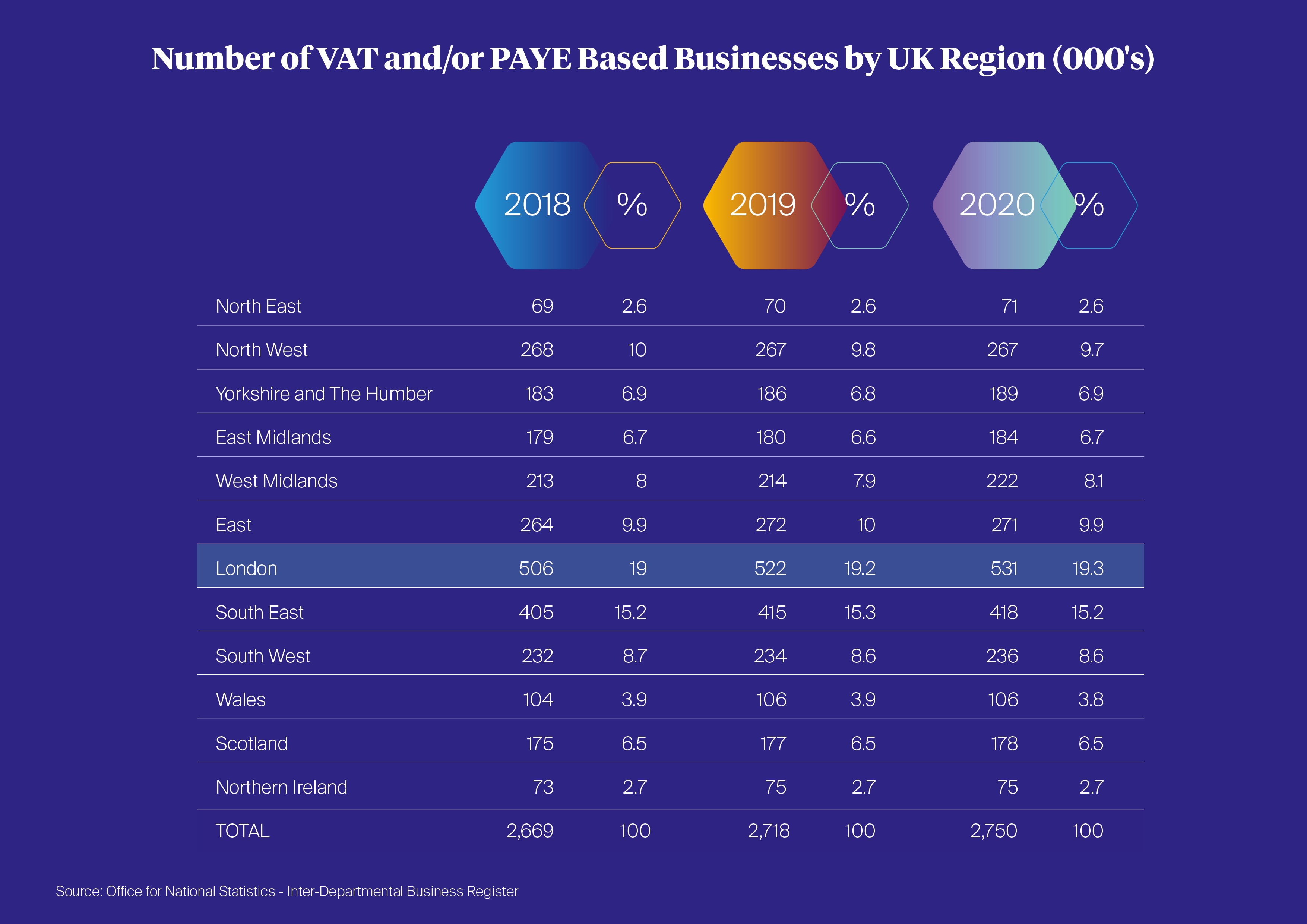Why prime headline rents are set for continued growth
Despite the negative impact of the Covid-19 pandemic on take-up, the outlook remains positive for the prime London office market.
4 minutes to read
- Occupier demand to be concentrated on best-in-class stock, leading to greater divergence between prime and secondary office rents
- Supply shortage to underpin prime rental growth
- Even after factoring for a reduction in long-term take-up, we forecast rents to rise in every London submarket over the next five years
Future rental performance
In order to project the impact of the Covid-19 pandemic on prime headline office rents, we have accounted for:
- supply, through the Knight Frank Development Viability Index;
- demand, by factoring for future economic growth and job creation; and
- tenant release space
We have factored these critical fundamentals into our rental growth model, overlaying our on-the-ground market experience. The underlying idea behind the type of error correction model we have used is that of equilibrium, where the equilibrium rent is a function of economic activity and available stock over the long term. Future demand has been factored for by incorporating economic and employment growth projections.
According to our underlying hypothesis for future rental performance, we expect a negative relationship with supply, i.e. the more stock there is, the lower the rent, and a positive relationship with demand, i.e. the higher the economic activity, the greater the upward pressure on rents.
Still, not all submarkets behave as expected in our modelling. For example, in a submarket like Aldgate & Whitechapel, the coefficients for the both demand and supply variables are positive. In essence this means that rents here have continued to rise over time, despite increasing office supply. So based on historical data, prime rents in this submarket grow with both increasing supply and rising demand, resulting in stronger rental growth for this submarket than we anticipated. However, we are able to rationalise this by the fact that this is a relatively new submarket; one where demand is being created as occupiers are drawn to the availability of high-quality supply.
“The status quo has been fundamentally altered by the pandemic, with many occupiers likely to shrink their existing footprints in the future.”
Our forecasts are predicated on a long-term structural shift in the market, so we have also assumed that occupiers are likely to shrink their existing office footprints by up to 10% over the next five years. We feel this qualitative assumption is realistic and perhaps conservative – in the short to medium term at least, especially as the status quo has been fundamentally altered by the pandemic. However, the shortage of planned supply combined with expected growth in new businesses means that every London submarket, even in such a scenario, will still see prime headline rents continue to rise.

We are able to share our detailed forecasts on request, but the headline outputs mean we expect rents in the City core to end 2025 at £80 per sq ft, which equates to an increase of 14.3% over the next five years, while in the West End core, we expect rents to close in on £123 per sq ft by the end of 2025, representing growth of 11.8%.
“An ever sharpening focus on the health and happiness of occupants means that the very best offices will experience greater rental resilience.”
An expected permanent downward shift in long-term space requirements is not something that can necessarily be viewed in a one-dimensional manner and the results of our model are certainly a useful guide. We are able to quantify the limited supply; however, the less tangible, but ever sharpening focus on the health and happiness of occupants means that the very best offices will experience greater rental resilience, especially as businesses seek space that better reflects their environmental, social and governance (ESG) agenda, resulting in a widening gap between rents for premium and secondary office space.
Read: Leasing market to be underpin by supply shortage and persistent demand for prime offices
London offices: a useful hedge against inflation
One further thought is that at a time when inflation considerations are ramping up amongst some investor groups, many of whom are concerned by the magnitude of economic stimulus packages, the 14.3% growth forecast for prime City core rents translates into increases of about 2.7% per annum.
This is significantly ahead of UK inflation forecasts, which are forecast to remain below 2% through to 2029, meaning that London offices should offer real, inflation- adjusted rental growth and be a useful hedge against inflation.
Read: Themes shaping London’s office investment market
*Note on our forecasts*
Our forecasts are predicated on the data available to us at the time of publishing this report in early February 2021. Clearly, any further, or protracted global and/or UK national lockdowns, additional new Covid-19 virus strains, or delays in the UK and/or global vaccine rollout programmes will have a material impact on our outlook, which we will be reviewing on a quarterly basis.